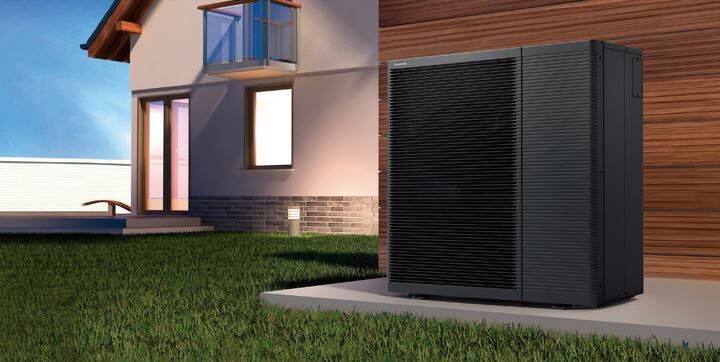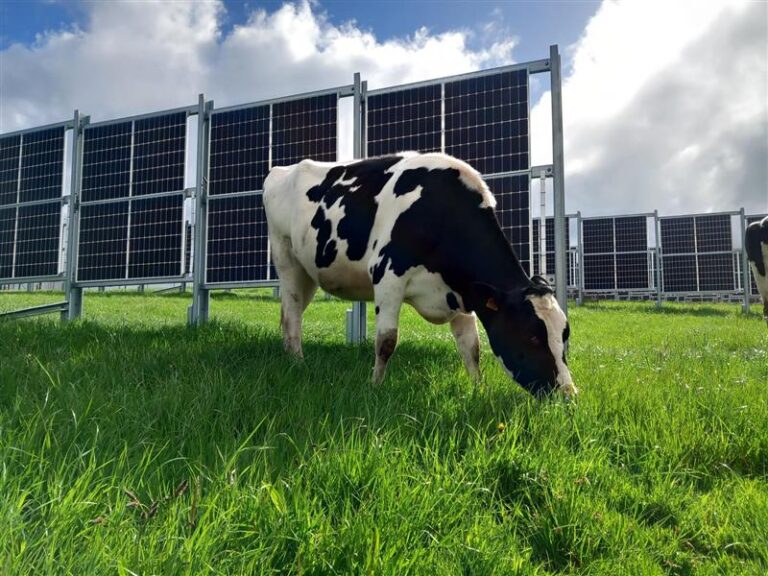The French energy company said its 100 kW agrivoltaic installation linked to cow farming in France’s Puy-de-Dôme region has not changed the functioning of the pasture or the behavior of the animals.
Engie Green, part of French energy giant Engie, has been operating a vertical agrivoltaic demonstrator on the grounds of the National Institute for Agricultural Research (INRAE) in Laqueuille, Puy-de-Dôme department, in the Auvergne for the past two years. Rhône-Alpes region in the center of France.
The choice for this photovoltaic technology was made because of the production profile, where the solar power plant produces over a longer period of time from 5 a.m. to 8 p.m. due to the vertical deployment of the panels.
The first results have shown that by 2024 the energy produced by the 100 kW pilot, called Camélia, had exceeded the production of a ground-based power plant with the same power by 30%.
In addition, Engie also revealed agronomic data showing that the plant has entered the second year of agronomic monitoring and the first year of solar energy production.
The first observations show that the presence of solar panels changes the microclimate of the meadow. Over several months, the researchers measured a halving of the wind speed without any major change in wind direction. Over the course of a day, the solar installations temporarily change the light and thermal conditions on either side of the panels. “However, since all microclimatic data have not yet been analyzed, we will have to wait another cycle before we can draw relevant conclusions,” the company explains.
Image: INRAE
As for plant biomass production, if it is not changed by the distance from the panels or the east-west orientation, the pasture of the 18-meter row is more productive than that of the 12-meter row. Several explanations are put forward by INRAE: the intrinsic spatial variability of the plot, the presence of slightly more grass and possibly slightly more light at 18 meters than at 12 meters.
Finally, all animals in the Camélia plot were equipped with sensors to measure activities such as ingestion, rumination, rest and standing, as well as their position in the shade or light and their spatial position via GPS. During the first grazing cycle in May, in wet and cool conditions, the scientists observed that the animals spent about 1/3 of their time in the interrows of the panels and 2/3 of their time around the panels.
In warmer and slightly drier conditions, animals spent slightly more time in the shade of the trees on the plot during the second grazing cycle in June-July. Moreover, the presence of the panels does not seem to change their activity, as the activity profiles were similar to those on the Camélia plot and another plot used during the intergrazing. Again, these initial observations in livestock need to be further investigated with a more complete data set on the other grazing cycles studied.
This content is copyrighted and may not be reused. If you would like to collaborate with us and reuse some of our content, please contact: editors@pv-magazine.com.
Popular content



